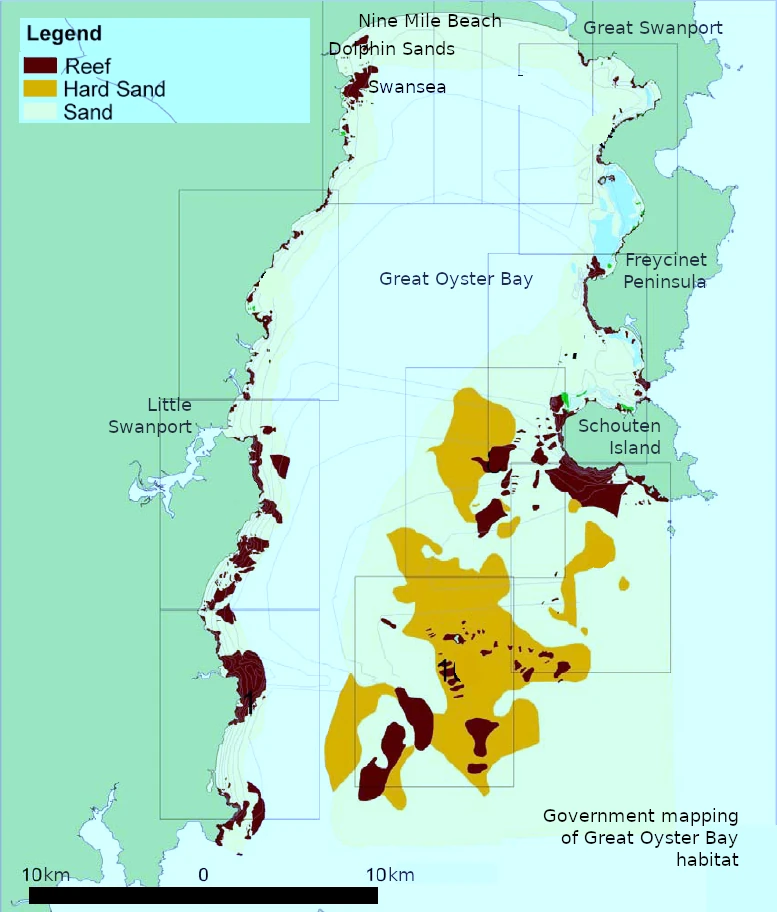Queensland has surface-positioned fish-attracting devices (FADs) installed in offshore locations.
Unlike artificial reefs, FADs are floating or midwater devices moored to the sea floor on a chain, used primarily to attract pelagic fish.
Most Queensland FADs are installed in the populated south-east region, off the Gold Coast, Moreton Island, Mooloolaba, Noosa and Wide Bay.
There are however also FADs installed in the Gulf of Carpentaria, off Weipa in Queensland’s Far North.
Most fish found around the East Coast FADs are seasonal travellers, with FADs working best when sea temperatures exceed 20C.
Three FAD types are used in Queensland waters. These are surface FADs, subsurface FADs and all-water FADs.
All types are anchored to the sea floor.
Surface FADs have an 800mm cone-shaped marker buoy, a marine lantern, acoustic receiver and GPS tracker.
Surface FADs aggregate mainly mahi, wahoo, cobia and billfish.
Sub-surface FADs have six 300mm floats and submerged aggregators, with the top of the FADs located about 25m below the sea surface.
Sub-surface FADs aggregate mainly mahi mahi, yellowfin tuna and billfish.
All-water FADs have an 800mm cone-shaped marker buoy, a marine lantern, acoustic receiver, GPS tracker, mid-water 300mm buoy, submerged aggregators and a large pyramid anchor.
All-water FADs aggregate pelagic and demersal fish.
More FADs are expected to be added across the Queensland coast in due course.
FADs go missing at times, especially after rough weather, so check before fishing.
The latest government-provided FAD positions can be found here.
The most commonly targeted species around FADs are mahi mahi (dolphinfish), a fast-growing species that fights hard and makes a great meal when eaten fresh.
Also expect to catch tuna, trevally, kingfish, amberjack, tripletail and billfish, with some demersal fish such as coral trout and emperor to be found around all-water FADs.
Casting and jigging lures or dropping livebaits are the usual fishing methods used around FADs.
Early mornings are usually the best fishing time.
Spearfishermen also use FADs, be respectful to all FAD users.
Back to the NSW/ACT Fishing Map
Back to the NT Fishing Map
Back to the Queensland Fishing Map
Back to the SA Fishing Map
Back to the Tasmanian Fishing Map
Back to the Victorian Fishing Map
Back to the WA Fishing Map
Email corrections, additions, pictures or video here.


